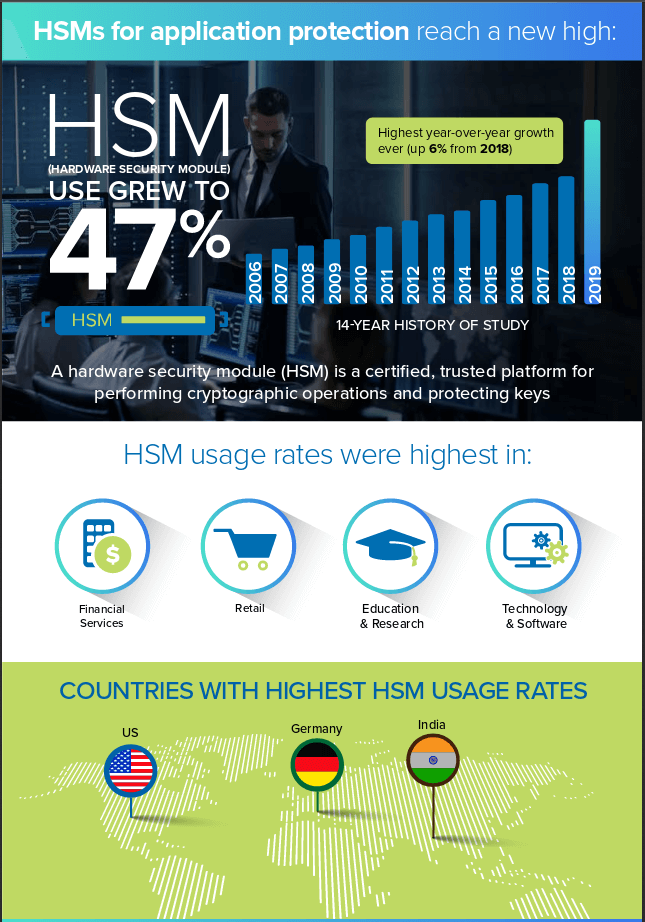
Don’t hit the headlines for the wrong reasons: encrypt with nCipher

Whether in the private or public sector, every organization, anywhere in the world, now exists online. It’s therefore of paramount importance that cybersecurity concerns are at the forefront of strategy. Ensuring that all data, applications, and services operate in an encrypted, assured environment means that trust is established between service users, customers, institutions, and departments and branches within the larger organization.
nCipher‘s services provide a powerful protection within a hardened, tamper-resistant environment. nCipher’s nShield HSMs (hardware security modules) have been providing certified networked services for over 20 years. Attesting to this long experience in the sector, the company has an unrivaled list of industry partners and customers, among the latter many household names in international finance and banking, national and regional governments, and industries of all types.
As more institutions switch to an online stance, even less traditional areas such as healthcare, retail, manufacturing, and digital currency exchange are beginning to use the nCipher stack as standard.
The company spearheaded the 2019 Global Encryption Trends Study, which surveyed almost 6,000 IT professionals from right across the world, including the US, Asia, Europe, and the Middle East. The Study from the Ponemon Institute captures how organizations around the world are dealing with compliance, increased threats, and the implementation of encryption to protect their business critical information and applications.
In general, more organizations are deploying encryption strategies right across the enterprise, and this trend has continued year on year since the first survey results that appeared 14 years ago. Russia and Brazil were the most lackadaisical in their approach to encryption, while in Germany and the US, 67 percent and 65 percent of respondents, respectively, had an enterprise-level encryption strategy.
The main driver for encryption – what most organizations are prioritizing – is customer data and intellectual property (with 54 percent of respondents placing IP protection first). This reflects the sensitivity of the data held by organizations on their customers and the possibilities for fallout in the case of data exfiltration. On that score, most respondents said that it was employee mistakes they feared most and were, therefore, the biggest driver for encryption system installation and development.
At the top of the list of protection measures were internet data protection (such as TLS and SSL), then email encryption, archives and backup, and portable computing hard drives. Almost two-thirds of respondents state they use six or more security products, every day – creating a fragmented protection strategy.
Many companies are using in-house HSMs to protect their networks, and as the computing, storage and service stack is spreading to edge deployments and into the cloud, the majority are encrypting at source before information gets stored remotely.

Source: nCipher Security
Using the cloud providers’ own facilities to encrypt is less common. With more advanced HSMs such as those from nCipher, of course, the entire topology can fall under the same protection as a sensitive application’s traffic that’s running purely in-house.
To download the verbatim 2019 Global Encryption Trends Study, click here, or to read its Executive Summary, go here (PDF). To speak to the industry-leading and standards-setting supplier of encryption and security management systems, get in touch with a representative local to you today.
READ MORE
- Ethical AI: The renewed importance of safeguarding data and customer privacy in Generative AI applications
- How Japan balances AI-driven opportunities with cybersecurity needs
- Deploying SASE: Benchmarking your approach
- Insurance everywhere all at once: the digital transformation of the APAC insurance industry
- Google parent Alphabet eyes HubSpot: A potential acquisition shaping the future of CRM
